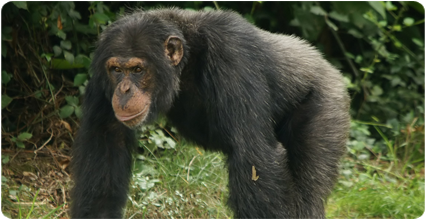
A new study led by researchers from the Institut Català de Paleontologia Miquel Crusafont (ICP) reveals that the morphology of the inner ear’s bony labyrinth is a powerful tool to reconstruct phylogenetic relationships among apes and humans. By means of a recently developed technique of 3D geometric morphometric analysis, researchers have quantified the ‘phylogenetic signal’ enclosed in this anatomical structure for extant anthropoids (monkeys, apes and humans) and two extinct hominoids (Oreopithecus and Australopithecus). The research article has been published in eLife.

Un nou estudi dirigit per investigadors de l'Institut Català de Paleontologia Miquel Crusafont (ICP) revela que la morfologia del laberint de l'oïda interna és una eina molt potent a l’hora de reconstruir les relacions filogenètiques entre els simis i els humans. Mitjançant una nova tècnica d'anàlisi morfomètrica geomètrica 3D, els investigadors han quantificat el 'senyal filogenètic' que s’amaga en aquesta estructura anatòmica en els antropoideus actuals (micos, simis i humans) i també han analitzat la morfologia de l'hominoïdeu fòssil Oreopithecus i de l'hominí Australopithecus. L'article ha estat publicat a eLife.






